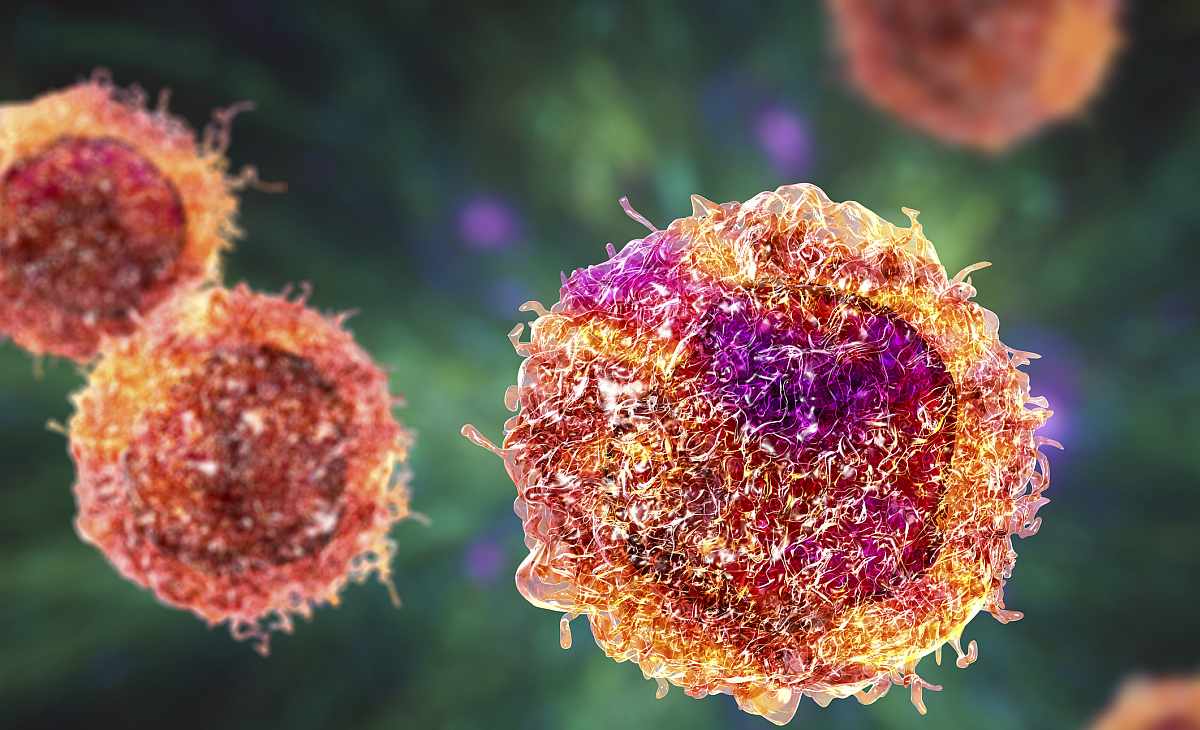The way food is grown, used and distributed is constantly changing. When our grandparents were young, they had different access to food than we do, and it will look different again in the coming decades. So, what will our food look like in the future?
In this COSMOS Briefing episode Professor Rachel Burton, from the ARC Centre of Excellence in Plant Energy at the University of Adelaide, and Dr Angela Pattison, from the Plant Breeding Institute for the University of Sydney, discussed the future of food security – particularly in light of rising populations and rising temperatures.
Video Length: 27:05 mins
This episode was hosted by the Royal Institution of Australia’s science journalist, Dr Deborah Devis.
Key terms
- Nutrition – The food necessary for health and growth.
- Genetics – The study of heredity and the variation of inherited characteristics.
- Genetic engineering – The deliberate modification of the characteristics of an organism by manipulating its genetic material.
ARTICLE: Let's Explore Food Security
Food security refers to how much food we have to feed our population. Some countries struggle with growing enough nutritious food to feed all of the people who live there.
Australia is actually quite a food secure country because lots of food is grown that also has nutritious minerals, vitamins and proteins.
Without importing food, Australia is unlikely to run out of food, because so many researchers are working together to prevent it. But there could be changes to what types of food we eat as the climate starts to change how we grow our food, because the natural cycles that help farming will also change.
Some foods, such as grains, do not need to be eaten straight away and can instead be stored. First Nations peoples relied on native grains because they could be stored all year round without perishing. These types of plants help keep a food source secure, which is why they are often called staple foods.
Research is constantly going in to improving how food plants grow in a changing environment. For example, in hotter climates, some plants will become stressed and might have trouble growing enough produce for us to use.
However, researchers are learning about how these plants could be potentially grown in another part of the country that was previously too cold.
Researchers also now have the access to genomic information and genetic engineering techniques to precisely understand and change the genetics of the food we grow.
How could our food change?
Plants mature in response to particular environmental changes, but as the climate shifts, the plants are unlikely to have the same growth patterns. For example, the cycle of when fruit is ready could shift to be a shorter harvest time, and this would change how we have to farm them.
Seasonal and climate fluctuations affect how fit, of healthy, the plants will be. Extra changes are likely to make plants weaker to disease and change the about of yield that can be taken from them. It could also affect how nutritious they are, if they don’t have enough times to build up natural sugars.
Conventional breeding happens when two plants share genetic information to make another plant, but this means the offspring could have a random assortment of the two parents genes. With gene technology, such as CRISPR, a single nucleotide in 3 billion nucleotides can be changed, instead of a random assortment of genes.
This allows small, precise and safe changes to control plant breeding, so genetically modified organisms could be common in the future.
What are the challenges when trying to secure the future of food?
It takes a very long time to conduct research and breed plants. The research and breeding can take ten or more years to achieve a suitable new crop that is grown on farms, but the climate can change so fast that the new plant might not be useful anymore.
This is because there are multiple processes in plant research. Generally, the process follows the steps:
- First, good genes need to be identified for potential use.
- The gene then needs to be thoroughly researched to test how it could help the plant grow.
- A crop will then be genetically modified or bred under tight control in order to get the gene into the genome of the plant. Further testing is then done to make sure the plant will remain healthy, and the environment is not affected. This takes many generations of plants growing, because the researchers need to confirm whether the genes will successfully pass from parent to offspring whilst maintaining the same characteristic.
- The plants then need to be bred so there are enough seeds to give to farmers to grow.
Our role for the future of food
We need to think about food in many different ways – from agriculture to research to waste. Changes in habits about what we eat, how we use food, and whether we can decrease the amount of food waste we are making will all be decisions that shape out future. Some of these changes will happen at a large scale, where certain crops are selected from growth, or when new policies about food are introduced, and some of them will be small changes within the home, such as buying sustainably or composting.
Young people are also essential for securing the future of food and research requires new, fresh faces and ideas to thrive. Australian researchers and farmers are passionate about securing food for the future, and hopefully new people will be passionate about it, too.
Watch the full interview from the Cosmos briefing “The Future of Food” here.
Login or Sign up for FREE to download a copy of the full teacher resource




